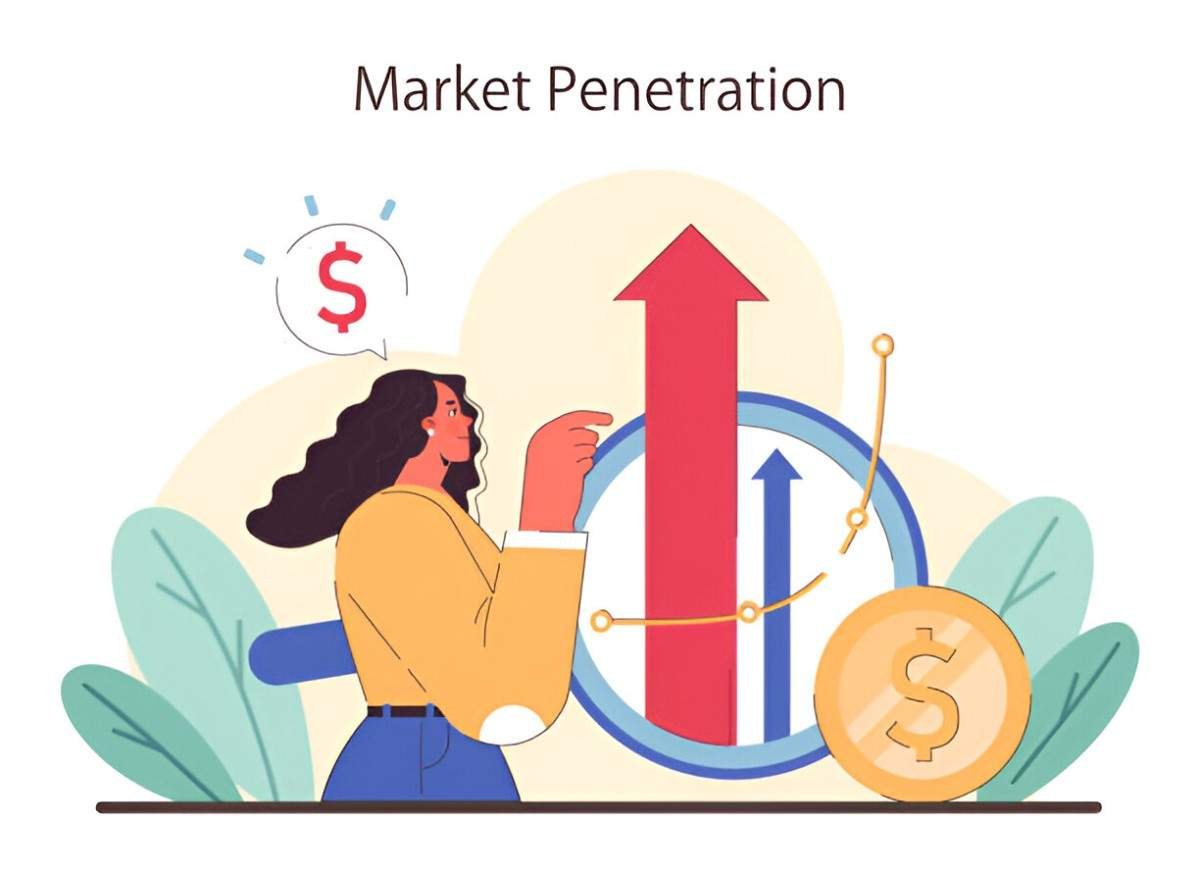As someone who has spent years analyzing market dynamics, I understand how daunting it can be for businesses to expand their market share. Whether you run a small startup or manage a mid-sized firm, increasing your market penetration requires strategy, precision, and a deep understanding of customer behavior. In this guide, I’ll break down the fundamentals of market penetration, explore proven strategies, and provide real-world examples to help you grow your business effectively.
Table of Contents
What Is Market Penetration?
Market penetration measures how much a product or service is being used by customers compared to the total estimated market. It’s often expressed as a percentage:
Market\ Penetration\ Rate = \frac{Number\ of\ Customers}{Total\ Target\ Market} \times 100For example, if 50,000 people in a city of 500,000 buy your product, your market penetration rate is 10%. A higher rate means stronger brand dominance, while a low rate signals room for growth.
Why Market Penetration Matters
Increasing market share isn’t just about vanity metrics—it directly impacts profitability. Economies of scale kick in as you sell more units, reducing per-unit costs. The Boston Consulting Group (BCG) found that a 10% increase in market share correlates with a 5% rise in profitability for many firms.
Key Strategies to Increase Market Penetration
1. Competitive Pricing
One of the most straightforward ways to boost market share is by adjusting pricing. Penetration pricing—setting initial prices low to attract customers—can work well in saturated markets.
Example:
Suppose you sell a product at \$50 with a production cost of \$30. If you reduce the price to \$40, demand might increase. The new profit per unit is \$10, but if sales double, total profit rises from \$20 \times 1,000 = \$20,000 to \$10 \times 2,000 = \$20,000. Volume growth compensates for lower margins.
2. Product Differentiation
Standing out in a crowded market requires a unique value proposition. Whether through superior quality, innovative features, or exceptional service, differentiation helps capture customer attention.
Comparison Table: Differentiation Strategies
| Strategy | Example | Potential Impact |
|---|---|---|
| Superior Quality | Apple’s iPhone | Higher brand loyalty |
| Lower Cost | Walmart’s pricing model | Mass-market appeal |
| Niche Focus | Tesla’s electric vehicles | Premium segment control |
3. Geographic Expansion
Expanding into new regions can unlock untapped demand. Before entering a new market, I always assess:
- Demand trends (Is there a need for my product?)
- Competitor presence (How saturated is the market?)
- Regulatory barriers (Are there legal hurdles?)
4. Strategic Partnerships
Collaborating with complementary businesses can amplify reach. For instance, a fitness app partnering with gyms can access a ready-made customer base.
5. Customer Retention
Acquiring new customers costs five times more than retaining existing ones (Bain & Company). Loyalty programs, personalized offers, and excellent customer service keep buyers coming back.
Measuring Success: Key Metrics
To track market penetration progress, monitor these KPIs:
- Market Share – Your sales as a percentage of total industry sales.
- Customer Acquisition Cost (CAC) – CAC = \frac{Total\ Marketing\ Spend}{Number\ of\ New\ Customers}
- Customer Lifetime Value (CLV) – CLV = Average\ Purchase\ Value \times Purchase\ Frequency \times Customer\ Lifespan
Example Calculation:
If your average customer spends \$100 monthly for two years:
Real-World Case Study: Netflix’s Market Penetration
Netflix grew from a DVD rental service to a streaming giant by:
- Lowering barriers (Affordable subscriptions)
- Expanding globally (Available in 190+ countries)
- Differentiating content (Original shows like Stranger Things)
Their market penetration strategy increased subscribers from 22 million in 2011 to over 230 million today.
Common Pitfalls to Avoid
- Overexpansion – Growing too fast without infrastructure leads to collapse (e.g., WeWork).
- Price Wars – Slashing prices indefinitely erodes profits.
- Ignoring Customer Feedback – Failing to adapt to preferences causes attrition.
Final Thoughts
Market penetration isn’t about quick wins—it’s a long-term game. By combining pricing tactics, differentiation, and strategic growth, you can steadily increase your market share. Start small, measure results, and scale intelligently.




